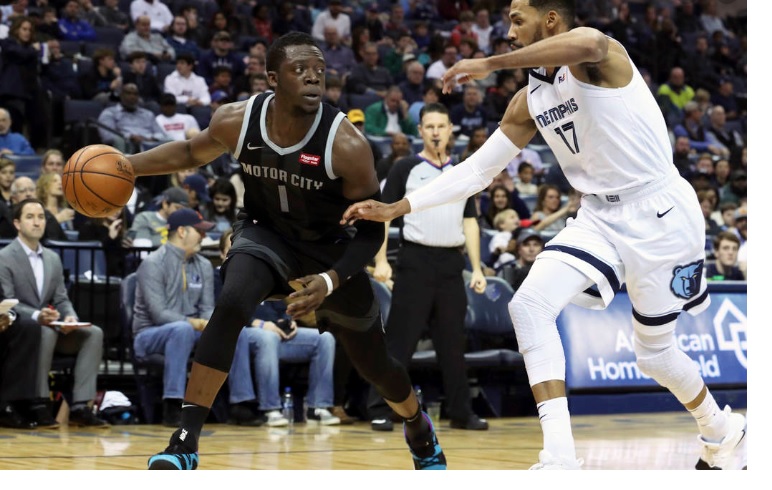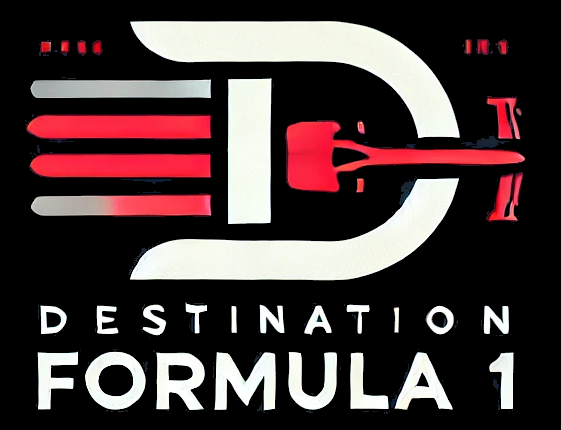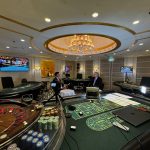In an exceptional feat of engineering, Dutch Drone Gods have crafted a cutting-edge FPV drone that has successfully captured uninterrupted first-person-view (FPV) footage of Max Verstappen’s full lap at the Silverstone Grand Prix circuit.
This groundbreaking achievement, forged in collaboration with Red Bull Advanced Technologies, marks a significant milestone in drone technology and its potential application in motorsports broadcasting.
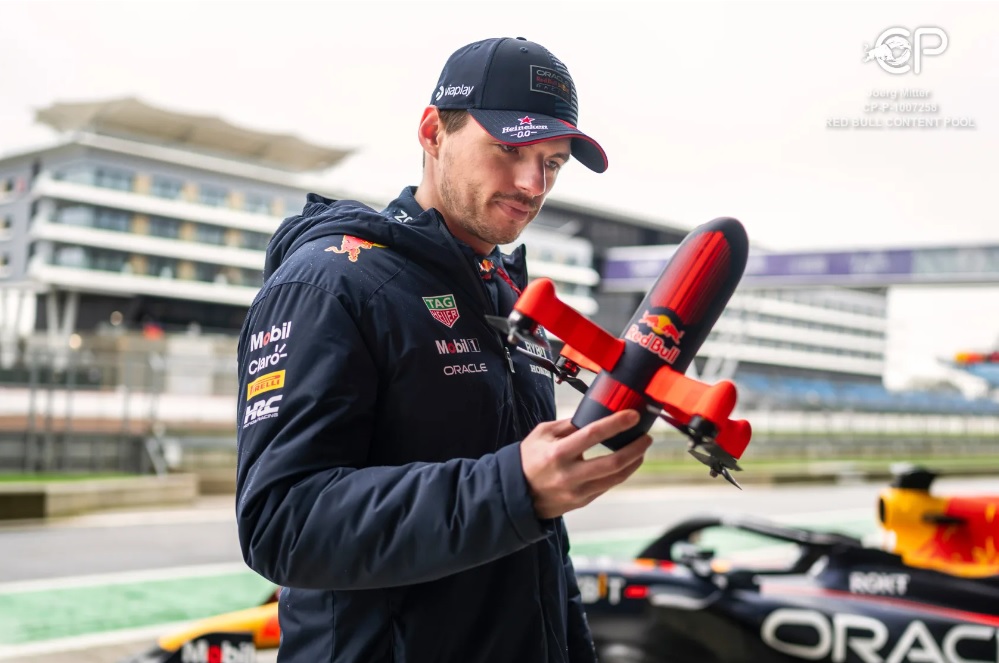
Image: Max Verstappen of the Netherlands and the Red Bull Drone 1 seen in Silverstone, Great Britain on February 13, 2024.
The pilot behind the drone’s flight, Ralph Hogenbirk, also known as Shaggy FPV, sheds light on the inception and development of this revolutionary project. Here is all you need to know:
- “It Was a Gamble”: Dutch Drone Gods embarked on a daring venture, uncertain of its outcome. Yet, after brief testing, their confidence soared, propelling them to pursue the drone’s development.
- Design and Engineering Process: Overcoming existing limitations involved drawing inspiration from previous projects while innovating new solutions.
- Technological Leap: The drone’s propulsion system surpasses conventional models, boasting enhanced power and responsiveness. Motor power, RPM configuration, propeller size, and battery specifications were fine-tuned for speed, efficiency, and aerodynamics.
- Impact on Motorsports Broadcasting: The successful capture of FPV footage alongside an F1 car opens new possibilities for motorsports broadcasting.
Like many of the great startup stories in technology, yours began by building your prototype in a garage. Can you share the story behind the inception of this project and those early development days?
The story of how we started with drones is definitely one of building the first level-raised drone prototypes that barely worked in our garages or in my one-room studio back in the day.
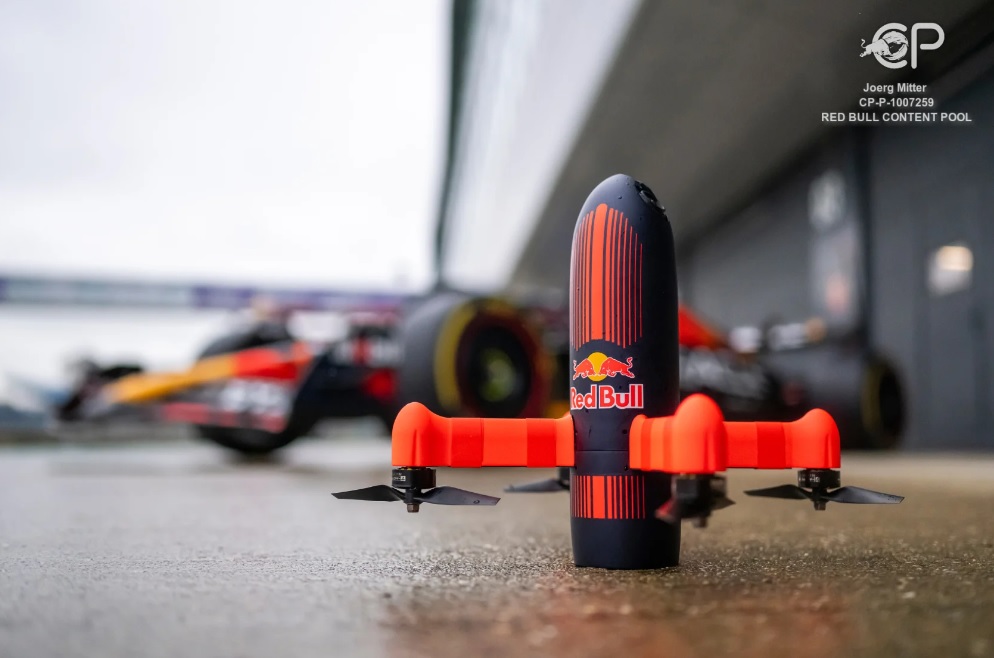
But last year, when Red Bull came to us with the idea for this project, we already had an office in our home offices and good equipment, so we were ready to start for sure. However, we didn’t really know if it was going to work. So, we said to ourselves, ‘Let’s just try and see what we can come up with, and see if it will even perform close to the way we need it to succeed in this project.’ It was a big gamble.
Then, after testing that first prototype for one or two days, we gained confidence that it was going to work. From there, we thought, ‘Okay, the project is probably realistic, let’s try to develop it further.’
How long did it take from the initial concept to the final design of the drone?
I believe it took around nine or ten months. They approached us with the project one year ago, and then, a few months ago, we had the final drone in its current form, along with a finalised design for it as well.
Can you walk us through the design and engineering process you undertook to overcome the existing limitations?
We began with an idea inspired by previous projects, such as bullet or rocket-shaped drones that one or two people had built before, like the 11370, which reached speeds exceeding 350 kilometres per hour, and one even faster. But these drones had limitations: they couldn’t turn, couldn’t sustain flight for more than two brief high-speed runs of a few hundred metres, and they didn’t have anything to film with. These constraints were the unknowns at the outset of our design process.
Therefore, we had to base the initial design on what was done before, but then really develop a different concept that could overcome those limitations. That’s how we initiated the process, and started prototyping, testing, and changing the prototype accordingly.
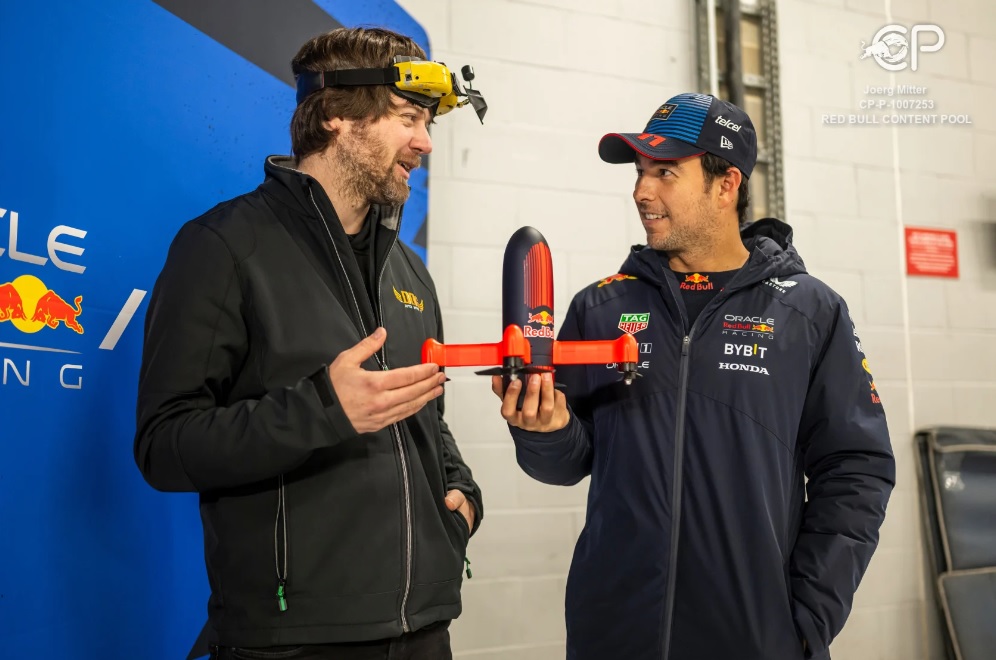
Image: Shaggy FPV Ralph Hogenbrik and Sergio Perez
Can you describe the propulsion system and how it differs from conventional drone technology?
This propulsion system differs from normal drones, like cinematic DJI drones, in that they are significantly more powerful and responsive. The technology is quite similar to what we typically use in FPV (First-Person View) racing drones, which are also known for their high power and responsiveness.
However, we took it a step further by incorporating a more powerful motor, a very specific combination of the RPM [Revolutions Per Minute] configuration, the propeller size and shape, and the battery.
This allowed us to achieve a perfect balance between getting a good top speed and still being efficient, without overloading the electronics or battery. Additionally, the prototype retained the necessary aerodynamic efficiency to reach the speed that we needed and last for the full lap.
What inspired the idea to pit the drone against an F1 car, and what were the main objectives of this race?
There was no objective to actually race against an F1 car. The main objective of this project was to get the best shot of an F1 car that has ever been recorded: following that F1 car, staying behind it – not overtaking or racing it, but obtaining the high-quality footage of the car going around the whole track while still staying close to the car. All drone technology was aiming at getting that one amazing shot.
The footage from the drone racing alongside the F1 car is remarkable. How might advancements in drone technology impact the way motorsports events are broadcast and experienced by viewers?
I think this technology could have an impact on how motorsport events are broadcast. Not only can we keep up with faster vehicles, but we can also follow them for much longer, like an entire lap. You can also imagine a rally stage where we can track a car over a very long stretch, staying close to it, and keeping up with it the whole time.
There are a lot of possibilities for this new technology, as it offers a new perspective on any motorsport events you’re filming. While you have onboard videos from cars that show you what the driver sees and helicopter shots from very far away and zoomed in, this technology falls somewhere in between. You can actually follow the car from above while remaining really close to the action. You can see and experience speed almost as if through a third-person gaming perspective. I believe that could add a lot to motorsport broadcasts.
Considering the fast-paced nature of motorsports, what specific features or capabilities would drones need to effectively capture the excitement and intensity of these events?
To capture these motorsport events, the drone needs to do more than just keep up with the speed and complete a full lap. It also requires a camera that’s capable of capturing the action in the right, stabilised way, and the drone itself must fly effectively too. You need to be able to pilot the drone in a way that you can keep up with the car’s manoeuvrability as well, especially considering the G forces going side to side.
For example, these F1 cars pull around five Gs in corners and during braking. Therefore, the drone must possess a combination of speed, top speed, endurance, and agility to keep pace with the car in each of those situations.
In your opinion, what are the primary factors limiting drone speed and power in today’s technology?
The most limiting aspect, technology-wise, remains the batteries. Specifically with this drone, we place significant demands on the batteries. They have to be quite big, heavy and high-quality to deliver the power when needed, such as during full-speed stretches where the drone reaches speeds exceeding 300 kilometres per hour for several seconds on straightaways, then quickly decelerates and recovers to deliver power again on the next straightaway.
Currently, there is no battery capable of delivering such power while also offering extensive endurance. It’s a case of ‘either-or’.



